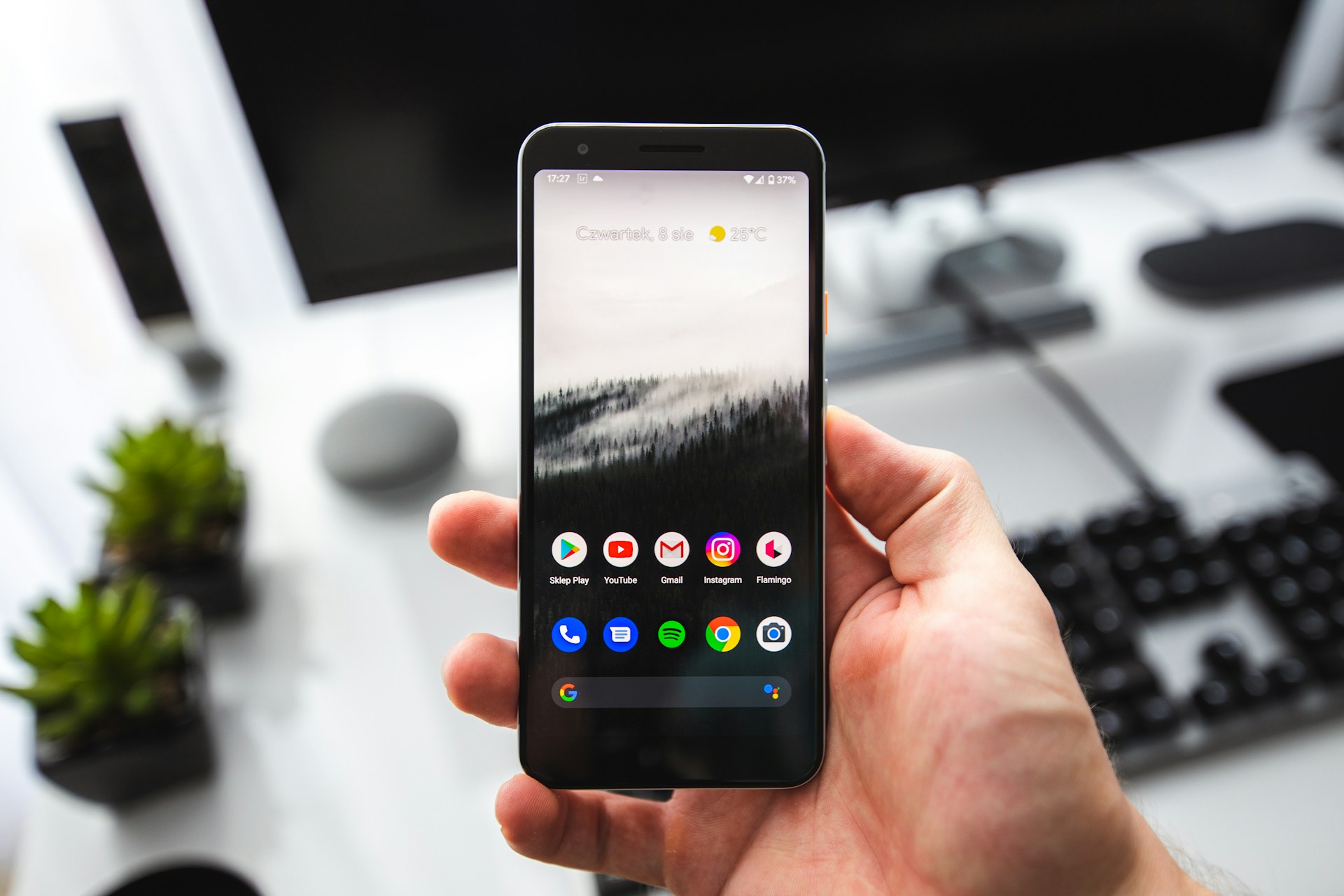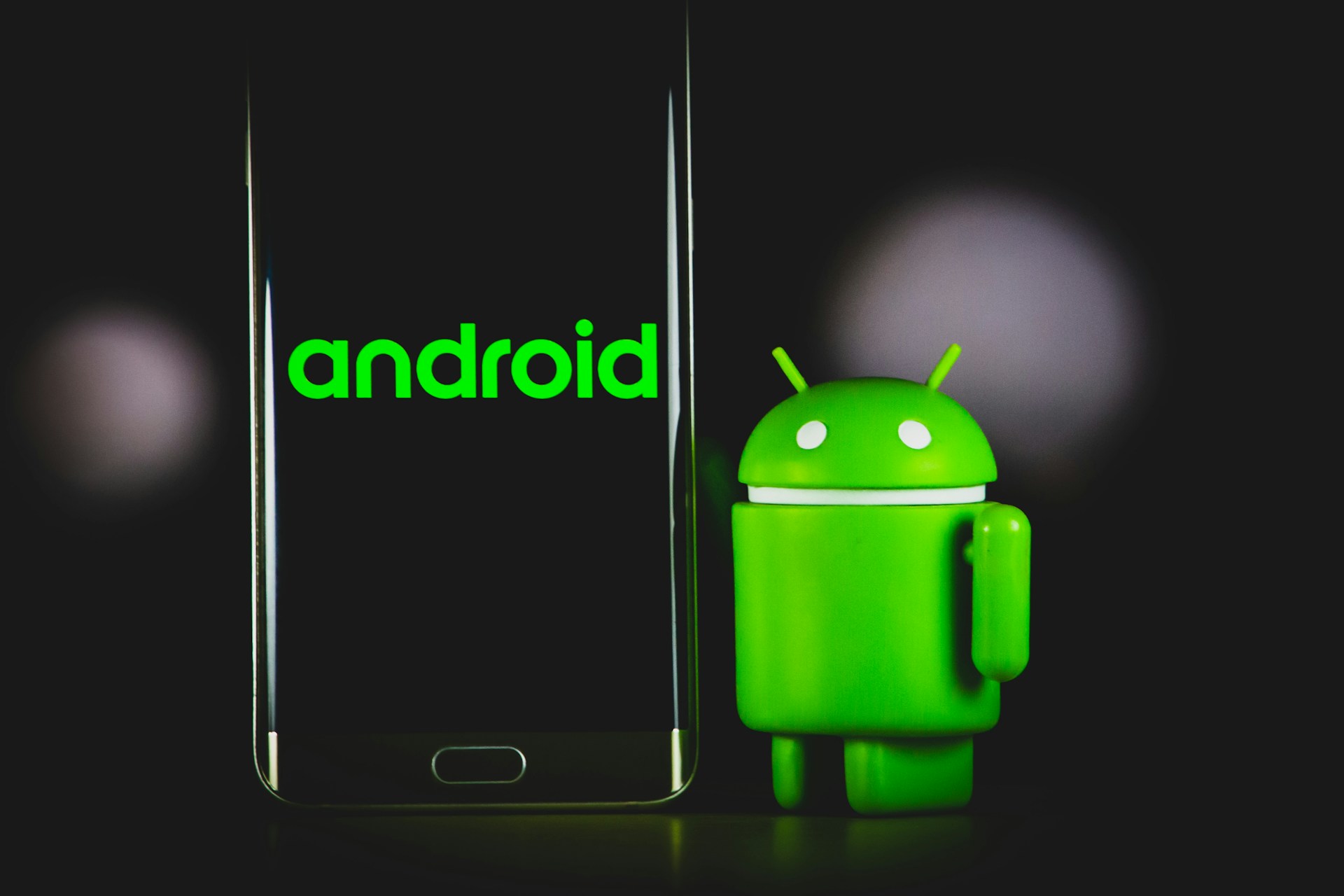Common Android Phone Issues and Solutions
For Android smartphone users, encountering common issues can be frustrating. Among these issues, battery drain and slow performance are common complaints. Many Android phones have limited battery life, and users often find themselves having to charge their devices frequently. Slow performance is another common problem, with apps taking longer to load and overall device operation feeling sluggish. These issues can be attributed to several factors, including background processes, app inefficiencies, and outdated software.
In addition to battery drain and slow performance, users may also experience frequent app crashes. This can be caused by a variety of factors, such as bugs within the app, conflicting software updates, or insufficient device resources. When apps crash repeatedly, it can disrupt productivity and cause frustration. Another issue some Android users face is poor network connectivity. Whether it’s Wi-Fi or mobile data, a weak or unreliable connection can lead to slow internet speeds, dropped calls, and difficulty in accessing online content.
Identifying the Problem: Understanding Android Phone Symptoms
When faced with issues on your Android phone, it is crucial to identify and understand the symptoms before diving into troubleshooting steps. By correctly identifying the problem, you can determine the most effective solution and avoid wasting time on unnecessary fixes. Pay attention to keywords such as lag, freezing, crashing, slow performance, unresponsive screen, battery drain, overheating, Wi-Fi connectivity issues, and app glitches. These symptoms can provide valuable clues about the underlying problem.
One common symptom is a lag or slow performance on your Android phone. If you experience delays when launching apps, switching between tasks, or navigating the user interface, it may indicate a problem with device resources or an application that is consuming excessive memory. Another symptom to watch out for is freezing or crashing, where your phone suddenly becomes unresponsive, or apps unexpectedly close. This can be caused by software conflicts, outdated operating systems, or even malware. By noting these specific symptoms, you can proceed with the appropriate troubleshooting steps to address the root cause of the problem.
Restarting Your Android Phone: The First Troubleshooting Step
When facing any issues with your Android phone, the first and simplest troubleshooting step is to restart your device. Restarting your phone can often resolve minor glitches and temporary software issues that may be causing the problem. By restarting, you give your phone a fresh start, allowing any background processes or apps that may be causing trouble to be reinitialized properly.
To restart your Android phone, simply press and hold the power button until the power menu appears on the screen. From there, select the option to restart or reboot your device. Depending on your phone model and Android version, the power menu may vary slightly in appearance, but the restart option should be easily identifiable. Give your phone a few moments to power off completely, and then press the power button again to turn it back on. Once your phone has restarted, check to see if the issue you were experiencing has been resolved. In many cases, a simple restart can do wonders for troubleshooting common Android phone problems.
Clearing App Cache and Data: Resolving App-related Problems
When your Android phone starts experiencing app-related issues, such as app crashes, freezing, or slow performance, clearing the app cache and data can often resolve these problems. The app cache is a temporary storage location where the app stores frequently accessed data, such as images, videos, and login information. Over time, this cache can become cluttered or corrupted, leading to app malfunctions. By clearing the app cache, you essentially refresh the app, allowing it to start anew.
To clear the app cache, go to the Settings menu on your Android phone and select Apps or Applications. Locate the problematic app from the list and tap on it. Within the app settings, you will find the options to clear both the cache and data. Clearing the cache will remove temporary files, while clearing the data will reset the app to its default state, erasing all app-related settings and data. Keep in mind that clearing the app data will also log you out from the app, so make sure you have any login credentials handy before proceeding. Once you have cleared the app cache and data, try relaunching the app to see if the issue persists.
Updating Android OS: Ensuring Compatibility and Bug Fixes
Updating the Android operating system on your smartphone is essential to ensure compatibility with the latest apps and to fix any bugs that may be present. Regular updates provide new features and security enhancements that improve the overall performance of your device. When an update becomes available, you will receive a notification on your Android phone, prompting you to install it. It is important to keep your device updated to take advantage of the latest advancements and to ensure that your phone runs smoothly.
To update your Android OS, simply follow the instructions provided in the notification. Usually, you will need to connect your phone to a stable Wi-Fi network and ensure that it has sufficient battery power. It is recommended to back up your important data before updating, as sometimes unexpected issues may occur during the process. Additionally, make sure that you have enough free storage space on your device to accommodate the update. Once you have taken these precautions, you can proceed with the update, and your Android OS will be upgraded to the latest version, ensuring compatibility with the newest apps and resolving any existing bugs for a better user experience.
Managing Storage Space: Dealing with Low Storage Issues
When it comes to managing storage space on your Android phone, dealing with low storage issues is a common concern for many users. Running out of storage can affect your phone’s performance and hinder the installation of new apps or the downloading of files. To ensure that you have enough storage space, there are a few steps you can take.
Firstly, you can start by removing unnecessary files and apps from your device. This can include deleting old photos and videos, uninstalling unused apps, and clearing out your downloads folder. Additionally, you can utilize cloud storage services or transfer files to an external storage device, such as an SD card, to free up space on your phone. By regularly decluttering your device, you can keep your storage space optimized and prevent any storage-related issues.
Optimizing Battery Performance: Extending Your Android Phone’s Battery Life
To optimize the battery performance of your Android phone and extend its battery life, there are a few simple steps you can take. First, adjust your screen brightness to a lower level. Bright screens consume a large amount of battery power, so reducing the brightness can significantly improve battery life. Additionally, consider using a dark wallpaper and enabling the battery saver mode on your device. These settings help to minimize power consumption and increase the time between charges.
Another effective way to optimize battery performance is to control the apps running in the background. Some applications continually use battery power even when you’re not actively using them. By going to the Settings menu and accessing the Battery section, you can check which apps are consuming the most power. From there, you can either force stop or uninstall those apps to conserve battery life. It’s also helpful to limit the number of widgets and live wallpapers active on your home screen, as these can drain battery power as well. By employing these techniques, you can maximize your Android phone’s battery life and avoid running out of power at inconvenient times.
Checking Network Connectivity: Fixing Wi-Fi and Mobile Data Problems
When experiencing issues with Wi-Fi or mobile data on your Android phone, one of the first steps to take is checking the network connectivity. This can help identify whether the problem lies with your network connection or your device. Start by turning off Wi-Fi and enabling mobile data, or vice versa, to see if the issue persists. If you are unable to connect to either network, it may be worth checking if airplane mode is accidentally enabled, as this can prevent network connections.
Another common cause of network connectivity issues is incorrect network settings. To ensure your Android phone is properly configured, go to the settings menu and tap on “Network & Internet” or “Connections,” depending on your device. From there, select “Wi-Fi” or “Mobile Network” and ensure that the correct network is selected. If necessary, you can also try forgetting the network and reconnecting to it, particularly if you are experiencing slow or intermittent connections.
Resolving Screen and Touchscreen Issues: Troubleshooting Display Problems
Resolving screen and touchscreen issues on your Android phone can be a frustrating experience. Whether you’re dealing with a flickering screen, unresponsive touch gestures, or distorted colors, these problems can greatly impair your phone’s usability. Fortunately, there are a few troubleshooting steps you can follow to address these display problems.
Firstly, it’s important to check if the issue is software-related or hardware-related. This can be done by restarting your phone and observing if the problem persists. If the screen and touchscreen issues continue even after a restart, it’s likely a hardware problem and you may need to seek professional assistance. However, if the problems disappear after the restart, it could indicate a software glitch. In this case, clearing the app cache and data for the affected applications might help resolve the issue. By doing so, you can clear any temporary files or corrupt data that might be causing conflicts with your phone’s display.
Factory Reset: The Last Resort for Persistent Android Phone Issues.
A factory reset is the final solution to address persistent issues on your Android phone. When all other troubleshooting steps have been exhausted, this option can help resolve software-related problems and restore your device to its original settings. However, it is important to note that a factory reset will erase all data and settings on your phone, so it is essential to back up any important files before proceeding.
To perform a factory reset, navigate to the settings menu on your Android phone and locate the “Backup & Reset” section. From there, you can choose the “Factory Data Reset” option and follow the prompts to initiate the process. Keep in mind that the exact steps may vary slightly depending on your phone’s make and model. Once the reset is complete, your phone will restart as if it were brand new, free from any persistent issues that may have been plaguing it.




Leave a Reply